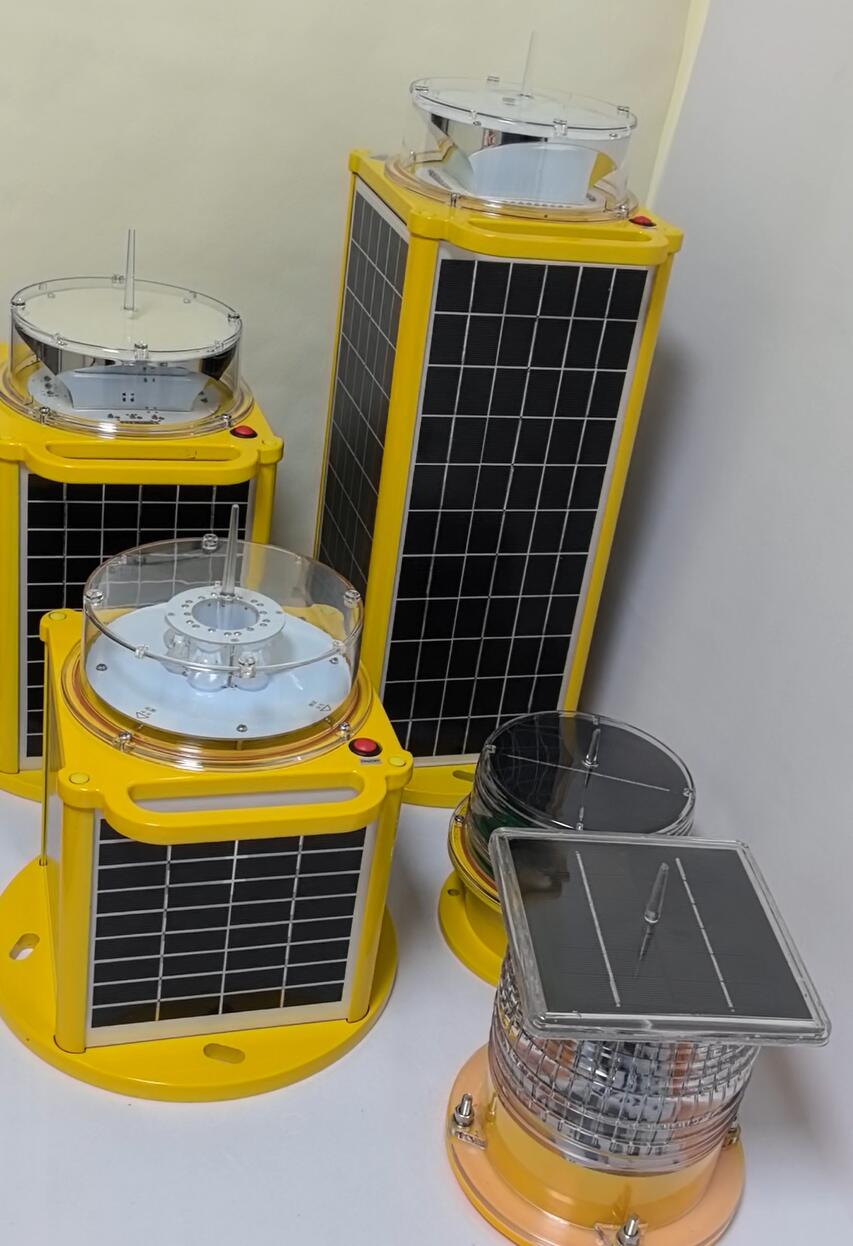The Best Solar Marine Lanterns: Illuminating Waterways with Smart Technology
Maritime navigation demands reliable, weather-resistant lighting solutions that perform in the harshest conditions. The best solar marine lanterns combine cutting-edge solar technology with rugged construction to deliver unmatched visibility and durability. These self-sustaining systems have become essential for ports, offshore installations, and navigation markers worldwide. This guide explores what makes a top-tier solar marine lantern and how to select the optimal solution for your marine lighting needs.
1. Defining Excellence in Marine Solar Lighting
The best solar marine lanterns distinguish themselves through:
✔ Superior optical performance (10+ nautical mile visibility)
✔ Military-grade durability (IP68 waterproof rating)
✔ Intelligent power management (7+ day battery autonomy)
✔ Smart monitoring capabilities (remote diagnostics)
✔ Compliance with international standards (IALA, SOLAS, ISO)

2. Critical Features of Top-Performing Models
a. Advanced Solar Technology
High-efficiency monocrystalline panels (≥23% conversion rate)
| Best solar marine lantern |
Self-cleaning hydrophobic coatings
Adaptive sun-tracking algorithms (select premium models)
b. Unmatched LED Performance
360° visibility with precision optics
| Best solar marine lanterns |
Programmable flash patterns (30+ options)
Automatic brightness adjustment (50-100,000 cd)
c. Robust Power Systems
Lithium iron phosphate (LiFePO4) batteries
Ultra-low temperature operation (-30°C to +70°C)
Battery management with deep discharge protection
3. Industry-Leading Applications
a. High-Traffic Commercial Ports
24/7 channel marker illumination
Synchronized harbor entrance lighting
Smart docking systems integration
b. Offshore Energy Installations
Wind farm perimeter marking
Oil platform hazard lighting
Subsea cable route indication
c. Critical Navigation Aids
IALA-compliant buoy lighting
Emergency wreck marking
Temporary construction zone warnings
4. Selection Criteria for Optimal Performance
When evaluating the best solar marine lanterns, consider:
a. Environmental Resistance
Saltwater corrosion protection
UV-resistant polycarbonate housing
Vibration-proof mounting systems
b. Operational Intelligence
Predictive maintenance alerts
Cloud-based performance monitoring
Automated self-testing routines
c. Certification Compliance
MED Wheelmark approval
DNV GL type certification
ABS marine equipment listing
5. Maintenance Advantages Over Conventional Lights
Premium solar lanterns offer:
5-year+ maintenance intervals
Tool-free component replacement
Seawater-resistant quick connectors
Modular design for easy upgrades
6. Emerging Technologies Shaping the Future
The next generation of marine solar lights incorporates:
Integrated AIS transponders for vessel tracking
Machine learning algorithms for predictive failures
Hydrokinetic charging for cloudy regions
Holographic projection for enhanced visibility
7. Global Standards for Marine Lighting
The best products meet:
IALA Recommendation E-200 (navigation lights)
IEC 60945 (marine equipment testing)
EN 44-1/2 (visual signaling standards)
MIL-STD-810G (environmental stress testing)
The best solar marine lanterns represent the pinnacle of maritime lighting technology, combining reliability, intelligence, and sustainability. These systems have evolved beyond simple illumination to become smart navigation assets that enhance safety while reducing operational costs.
For marine operators and port authorities, investing in top-tier solar marine lighting translates to:
Uninterrupted navigation safety
Dramatically reduced maintenance
Future-proof infrastructure
Environmental responsibility
As solar technology continues advancing, these lanterns will play an increasingly vital role in global maritime operations, setting new standards for efficiency and performance in marine navigation lighting.
